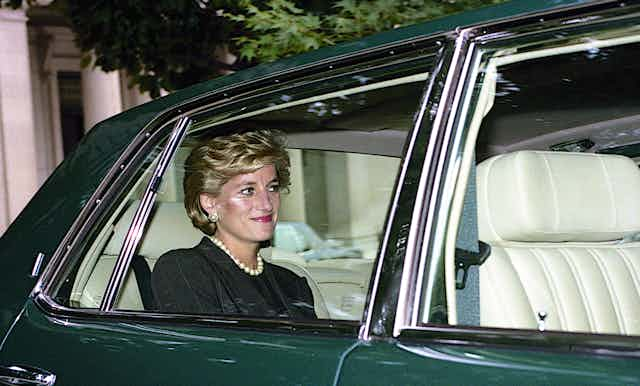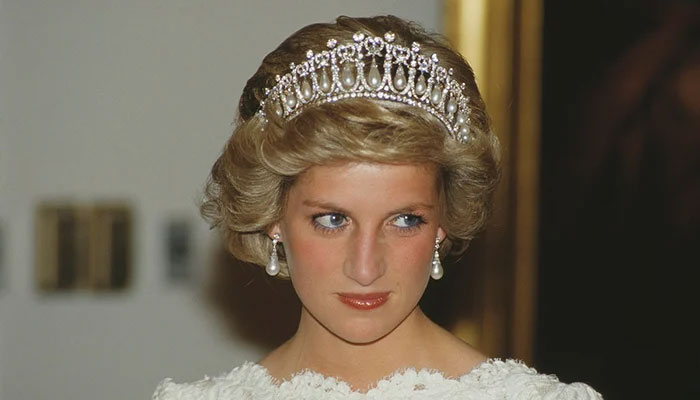After 28 years, Princess Diana’s Close Bodyguard FINALLY Confirms What Really Happened

On August 31, 1997, Diana, Princess of Wales, died in a car crash in the Pont de l’Alma tunnel in Paris, France. Nearly three decades later, her death remains one of the most discussed moments in modern royal history. While many books, documentaries, and interviews have explored her final hours, official investigations in both France and the United Kingdom concluded that her death was the result of a tragic accident — not foul play.
The Night of the Crash
According to the French judicial investigation and the UK’s Operation Paget report, Princess Diana, her companion Dodi Al-Fayed, and their driver Henri Paul left the Ritz Paris shortly after midnight on August 31, 1997. They were attempting to evade photographers gathered outside the hotel.
The car, a Mercedes-Benz S280, entered the Pont de l’Alma tunnel at high speed and struck the 13th pillar. Henri Paul and Dodi Al-Fayed died at the scene. Diana was transported to Pitié-Salpêtrière Hospital, where she was pronounced dead several hours later. Trevor Rees-Jones, the couple’s bodyguard, survived but sustained serious injuries.

Official Cause of Death
The French investigation concluded in 1999 that the crash was caused by Henri Paul driving at high speed while under the influence of alcohol and prescription medication, which impaired his ability to operate the vehicle safely. This finding was supported by toxicology reports.
The UK inquest jury in 2008 returned a verdict of “unlawful killing” due to grossly negligent driving by Henri Paul and the pursuing paparazzi. Lord Justice Scott Baker, who presided over the inquest, emphasized that there was no credible evidence of a conspiracy to cause Diana’s death.

The Role of Seat Belts
Evidence presented during the inquest confirmed that none of the occupants in the back seat — Princess Diana or Dodi Al-Fayed — were wearing seat belts at the time of the crash. Experts from the UK’s Transport Research Laboratory testified that wearing seat belts would have significantly increased the chances of survival.
Trevor Rees-Jones, the only survivor, was wearing a seat belt, which investigators said was a key factor in saving his life.
Statements from Security Personnel
Lee Sansum, a former member of Diana’s security detail during her 1997 summer holiday in St. Tropez, has spoken publicly in later years about safety protocols. In interviews, he has stressed the importance of wearing seat belts and expressed his belief that this measure could have changed the outcome.
However, Sansum was not present in Paris that night and did not have direct involvement in the events leading to the crash. His recollections primarily relate to earlier periods when he worked with Diana during vacations and public appearances.

Diana’s Life in the Public Eye
Diana Frances Spencer married Charles, Prince of Wales, in 1981 and quickly became one of the most photographed women in the world. Known for her charitable work — particularly her campaigns against landmines and in support of HIV/AIDS awareness — she earned the nickname “The People’s Princess.”
Her separation from Prince Charles in 1992 and subsequent divorce in 1996 intensified media interest in her private life. At the time of her death, Diana was no longer a member of the Royal Family but retained her title as Diana, Princess of Wales.

The Investigations in Detail
French Judicial Inquiry (1997–1999)
Led by Judge Hervé Stéphan, the French investigation concluded that Henri Paul was solely responsible for the crash due to impaired driving and excessive speed. Independent crash experts and medical examiners contributed to the final report, which ruled out mechanical failure or external interference with the vehicle.
Operation Paget (2004–2006)
In response to continued public speculation, the UK Metropolitan Police launched Operation Paget, headed by Commissioner Lord Stevens. The 832-page report found no evidence to support conspiracy theories. It confirmed that the crash was a “tragic accident” caused by a combination of speeding and impaired driving.
Addressing Public Speculation
Over the years, public interest in Diana’s death has given rise to numerous theories, many of which have been investigated and dismissed by law enforcement. Both the French and UK inquiries concluded that there was no credible evidence of a plot or deliberate harm.
The persistence of these theories has been attributed by experts to the scale of Diana’s global fame, her complicated relationship with the Royal Family, and the sudden, shocking nature of her death.
Legacy and Continued Public Interest
Diana’s humanitarian work continues to influence charities and advocacy groups worldwide. Her sons, Prince William and Prince Harry, have spoken publicly about her impact on their lives and their ongoing work to honor her memory through causes she championed.
The anniversary of her death is marked annually by tributes from around the world, reflecting her enduring influence on issues of compassion, empathy, and public service.

Conclusion
The death of Princess Diana in 1997 remains a deeply emotional event in recent history. While personal accounts from those who knew her add human detail to her final years, the official record from multiple investigations confirms that her death was the result of a high-speed car crash caused by impaired driving and the failure to wear seat belts.
Her legacy as a humanitarian and public figure continues to shape charitable work and inspire people around the globe. Nearly three decades later, the lessons from her life — and her untimely passing — remain part of an ongoing conversation about road safety, media ethics, and public memory.